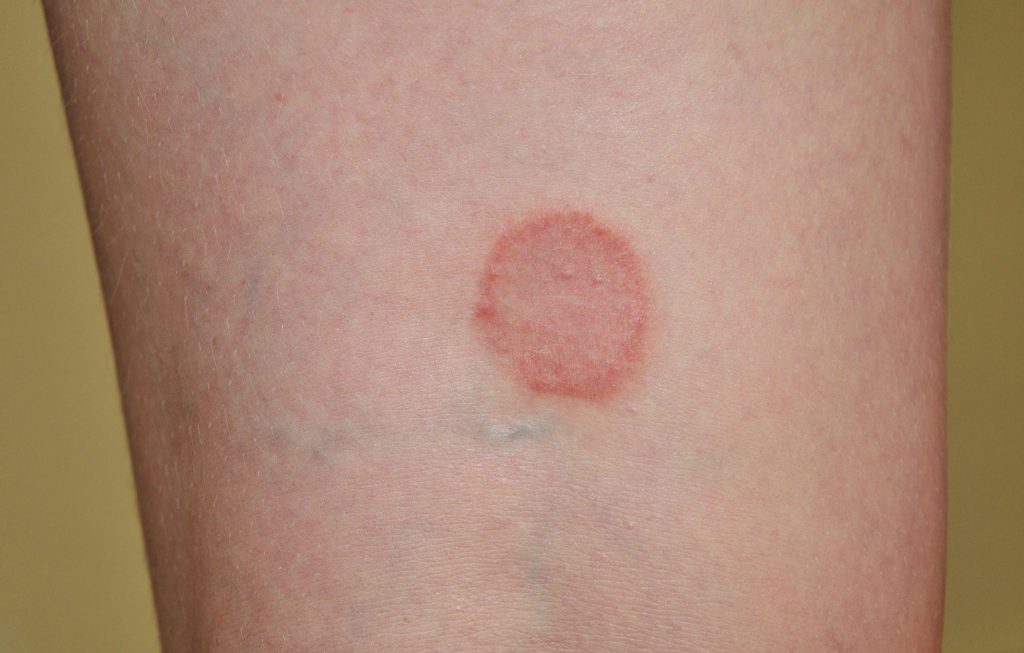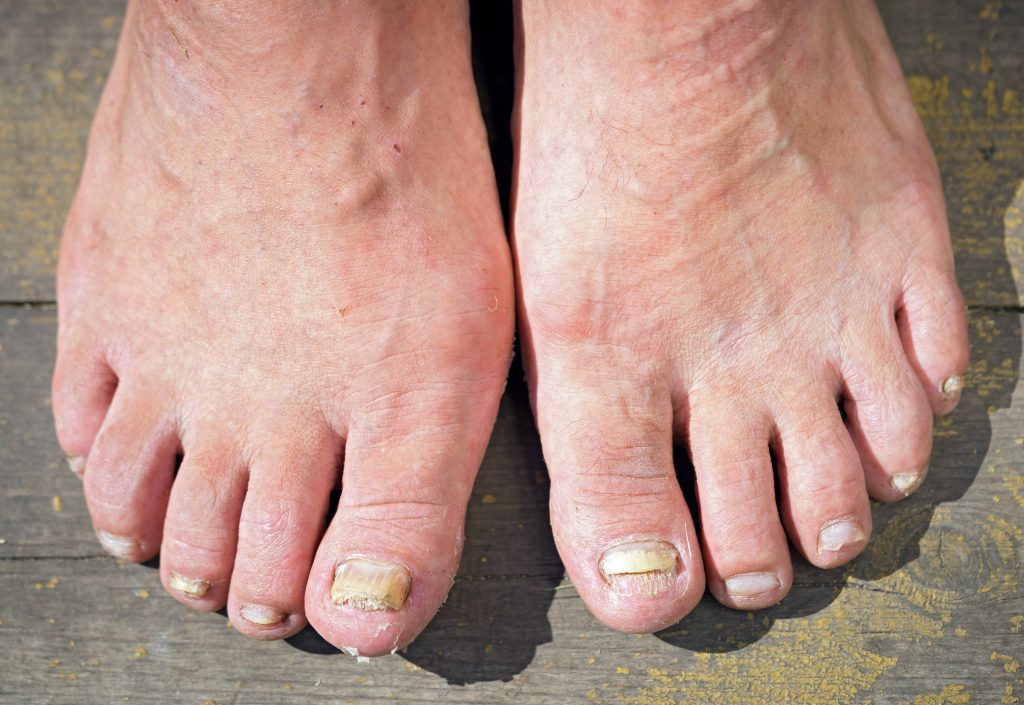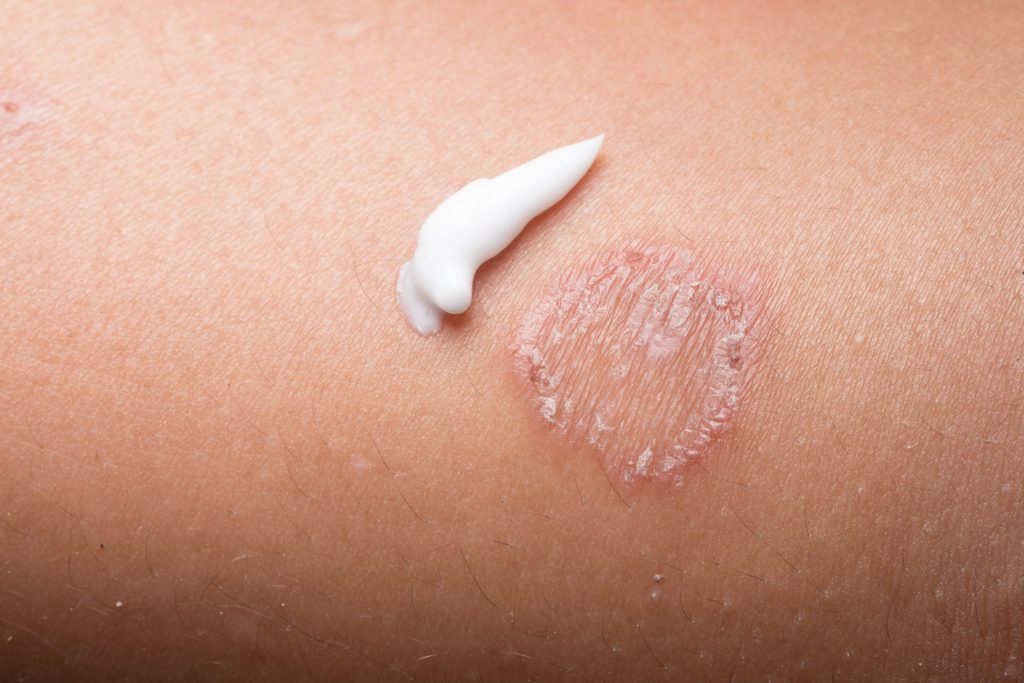Ringworm Treatments from U.S. Dermatology Partners
What Is Ringworm?
Despite the name, ringworm is not caused by worms; it is a skin infection caused by a fungus. It can be caused by touching another person who has the infection, or by sharing items that the person has been in contact — such as towels, bedding, chairs and clothes. It can also be caught from animals with fungal infections and, rarely, from contact with fungi in the soil.

Ringworm has a reddish, circular appearance.
Find This Service Near You
Who Is at Risk for Ringworm?
Anyone can get ringworm, but your risk increases if you live in a warm climate, have a compromised immune systems, have close contact with animals, or use public showers and locker rooms.
Ringworm Symptoms

Ringworm can also occur in the toenails.
The symptoms of ringworm depend on where you get the infection. If it is on your skin, you will likely have red, itchy, scaly or raised patches that develop blisters or begin to ooze. They may be redder on the outside edges and are shaped like a ring. In some cases, the patches will have edges that are defined and raised.
Ringworm can also occur in your nails, in which case they may become thicker and discolored, or they may begin to crack. If the infection is on your scalp, you may develop bald patches.
Ringworm Treatment

Antifungal cream can be used to treat ringworm infection.
Antifungal treatments, either purchased at your pharmacy or by prescription, are the best way to get rid of ringworm.
If your skin is particularly inflamed, contact the doctors at U.S. Dermatology Partners, as they may want you to use an antifungal cream combined with a steroid. An oral antifungal medicine may be prescribed if it is widespread.
Ringworm Prevention
The best way to prevent ringworm is not to share towels, clothing or bedding with someone who may have an infection. In locker rooms and public showers or swimming pools, wear sandals or flip-flops
*Results may vary by individual
